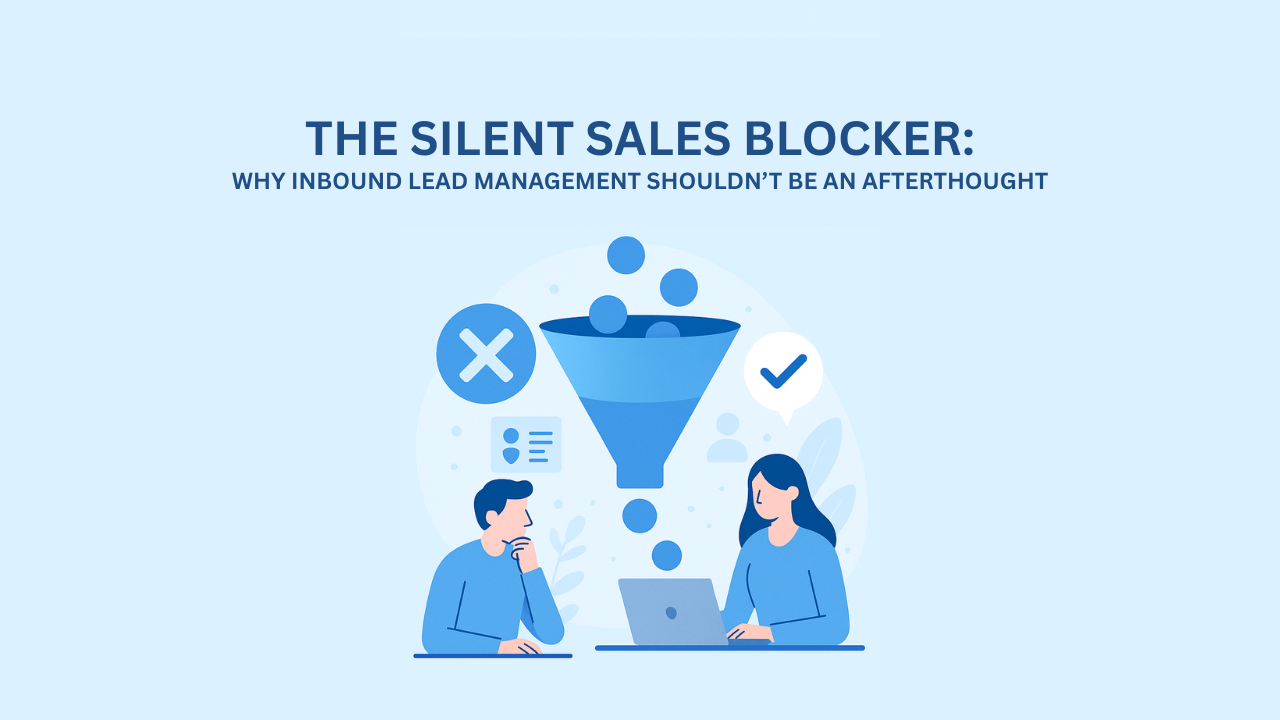
Open-source vs Proprietary Software for E-Commerce Website
E-commerce is here to stay. There is no doubt about it. From adding a channel to retail and wholesale sector to being a backbone now, it has come a long way. But with the technological advancements, cost of making and maintenance also increases as new and new options emerges. Currently, there are two main options for e-commerce companies to choose how their e-commerce website should be developed-open source and proprietary or SaaS softwares. In this blog we will try to understand about both types, see their differences and list top platforms.
Definitions
Open-source platforms are technological platforms which are free to use to create e-commerce websites. These platforms mainly allow you customize and modify your web page in any way you wish. The deal is simple, the software is available in the open-market and you get to do customization as per your requirement as source codes are made open and if there is a certain functionality that you require, but is not available, then you can make it by referring and/or using source codes. It is free, it’s flexible and it’s technical. Open-source platforms are mainly preferred by start-ups for cost saving and full customization availability. Open-source platforms are expected to grow to ~25% CAGR between 2020-2025 globally. As per Red Hat’s state of enterprise open-source report published in 2019, 53% of enterprises use open-source for IT infrastructure modernization, 42% for digital transformation and 43% for application integration.
On the other hand, proprietary software or SAAS platforms are neither free to use nor openly available. Users must subscribe and pay as per the subscription model they choose. One of the advantages is as these platforms are hosted and maintained by the original owner on their own server and the user gets access to use the software depending on the subscription model they chose. The downside is that users or merchant do not get much flexibility and customization options as the source code is hidden and is not installed in their local systems. The global market is expected to reach almost $280 Billion in 2021 marking a CAGR of ~20%. It is forecasted that SaaS or proprietary software global market will cross $400 billion by 2025.

Comparison
Both the platforms have their pros and cons. While open-source seems like a cost-effective option, SaaS or proprietary platforms offer bundled subscriptions which can be scalable. The best decision can be taken by considering the pros and cons of both the platforms and analyzing requirements of the website. Let’s have a look at some of the pointers and compare both the types.
Cost – Open-source is free. There is no charge to download, install, run, and even upgrade. If the owner has the required knowledge of developing a website, then using an open-source could be the best option. But the charges that the owners must pay are for domain name, hosting, SSL Certificate, customizations, integrations, security and compliance, etc. While there is an opinion that an e-commerce company is justifiable if we compare them with the customizations and flexibility that we get while using an open-source, but at the end, it depends on the user’s point of view. Compared to this, SaaS or proprietary platforms are usually subscription based. The monthly or yearly subscriptions provide bundles of features, regular updates, and big fixes.
Integration, customization, and support – Open-sources are downloadable softwares, but either you require technical expertise or you must hire or consult someone who is an expert on the same. As the source codes are openly available and can be customized as per your requirement, the bug-fixing, tech support, updates and documentations are challenging tasks. Another issue with open-source is that if there is a particular bug which needs to be fixed, or an update which you need specifically, the owners can be contacted via email or chat support. But this can be a time consuming and lengthy process. On top of this, open-source platforms require you to maintain the website, manage data, and update regularly by yourself. But when it comes to SaaS or proprietary softwares,matters such as management, support and updates are managed and provided by the software owner. The user-friendly interfaces and pre-built themes help the owners with the customization without any technical knowledge requirements. The online store can be set-up within few minutes by just clicking on the variety of options provided by the platform owner. However, in order to move to advanced levels, technical expertise is essential.
Security – Security of the online store is a must for all companies, irrespective of their size. One of the ways is to be SSL, i.e. Secure Sockets Layer, which is an extension of HTTP that showcases the secured certificate. In open-source platforms, this is to be bought independently. The certificates are offered on a yearly basis and it requires someone with technical knowledge to install them in your online store. Moreover, being an online store, PCI compliance is compulsory. PCI DSS, i.e. Payment Card Industry Data Security Standard is a set of regulations to ensure that websites who accept, track and store financial and related information are following the regulations. However, when SaaS platforms come into the picture, the SSL and PCI are already taken care of, depending on the subscription package. Usually, the PCI level that is included is of level I, but if required, depending on the size of the store, levels II, III & IV can be bought additionally. Another matter to consider is that in open-source platforms every security layer is either to be bought independently or to be bought as a package from a third party. The owner has to ensure that they get the regular updates and bug fixes every time it’s necessary. However, in the SaaS platform this part is included in the package so that whenever updates and bug fixes are released, security is also included.
Top Open-sources
- Magento – A PHP based platform made for the e-commerce industry, gained fame within a few years of launch. Acquired by Adobe in May of 2018, this platform offers open-source and proprietary options.
- WooCommerce – A plugin designed for e-commerce companies that wish to develop websites in WordPress. This open-source plugin is like a package. It comes with a payment plugin, shipping plugin, and sales tax plugin.
- PrestaShop – Ranked as one of the top e-commerce development platforms, PrestaShop has gained its leadership in Europe and Latin America. Mainly known for its freemium business model and feature-rich platform.
- OpenCart – A platform freely available under GNU, i.e. General Public License, OpenCart is an open-source platform for e-commerce solutions mainly known for its pre-installed templates.
- OSCommerce – With a presence that goes beyond two decades, this open-source platform is mainly supported and grown by their community members. It comprises of store owners, developers and service providers. They offer solutions to host and develop a website completely.
- Drupal Commerce
- Square Online
Top Proprietary Platforms
- Shopify
- BigCommerce
- Volusion
- X-Cart Cloud
- Big Cartel
- 3D-Cart
- Pinnacle Cart
Source:
- https://litextension.com/blog/open-source-vs-hosted-ecommerce-platform/
- https://www.webfx.com/blog/web-design/hosted-ecommerce-platforms/
- https://www.valuecoders.com/blog/ecommerce-cms/top-ecommerce-open-source-platforms/
- https://dinarys.com/blog/10-best-open-source-ecommerce-platforms-for-2018
- https://www.nchannel.com/blog/saas-vs-open-source-ecommerce/#:~:text=Think%20of%20open%20source%20as,of-the-box%20functionality.
- https://www.globenewswire.com/en/news-release/2020/12/24/2150451/28124/en/Worldwide-Open-Source-Service-Industry-to-2025-North-America-is-Expected-to-Hold-Major-Share-of-the-Market.html
- https://www.globenewswire.com/news-release/2021/05/06/2224239/0/en/Software-as-a-service-SaaS-Global-Market-Report-2021-COVID-19-Impact-and-Recovery-to-2030.html
- https://www.nchannel.com/blog/saas-vs-open-source-ecommerce/#:~:text=Think%20of%20open%20source%20as,of-the-box%20functionality.
- https://wedevs.com/blog/356906/open-source-vs-saas-ecommerce-platform-analysis
- https://hellboundbloggers.com/open-source-vs-saas-e-commerce-platform/22137/

ROI of Traditional Lead Generation Methods in the Age of AI

In today’s hyper-connected B2B environment, companies invest thousands, sometimes millions, into driving traffic, generating content, running campaigns, and getting potential buyers to raise their hands.
But what happens when those inbound leads actually do show up?

AI is rapidly changing the sales landscape, automating outreach, personalizing engagement, and handling routine tasks at scale. But does this mean the traditional Sales Development Representative (SDR) role is becoming obsolete?